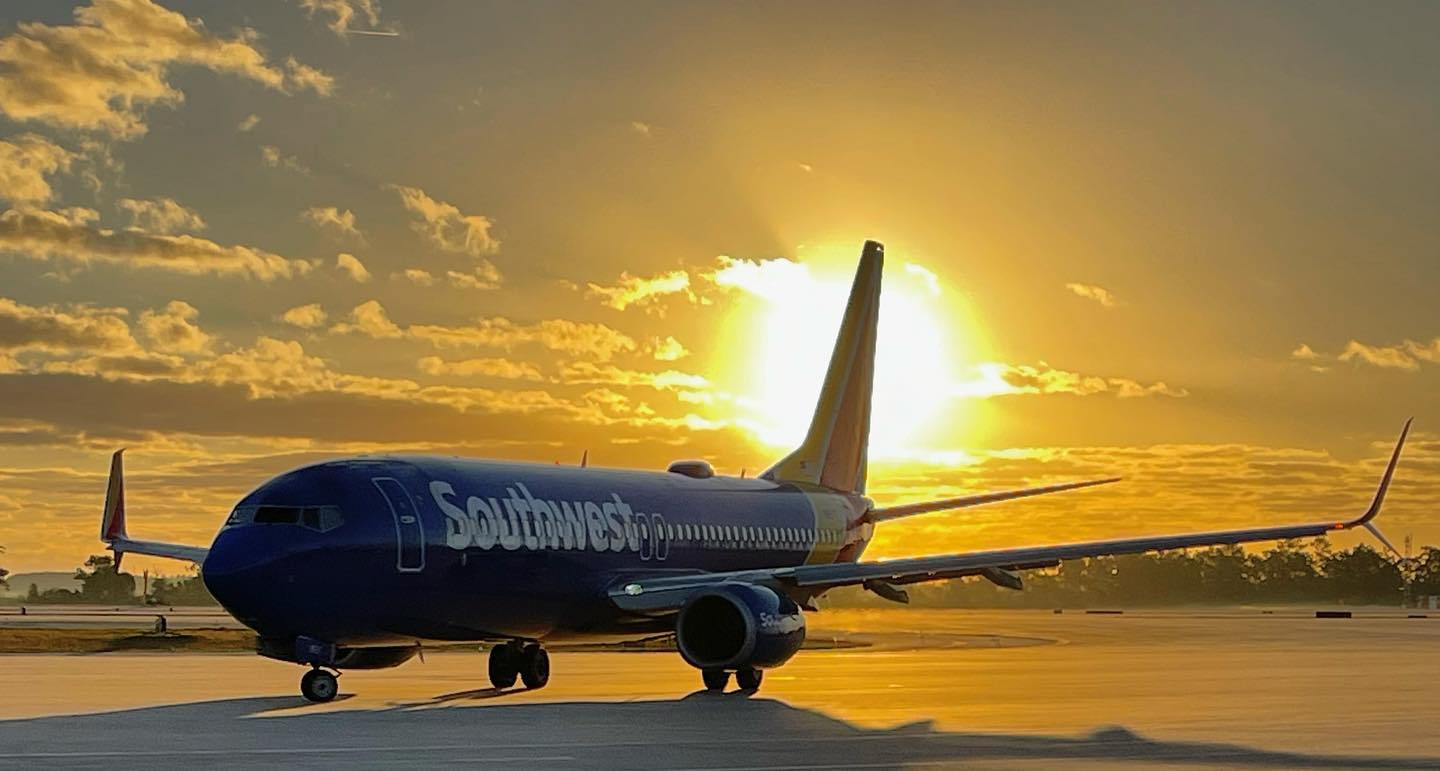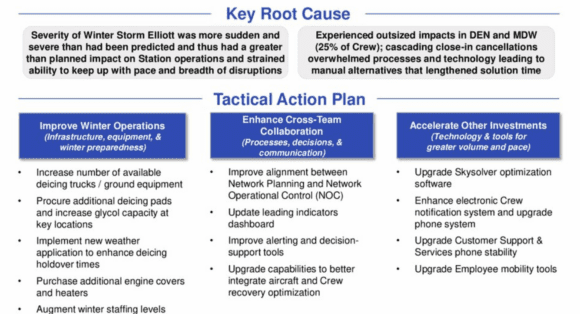
328473364 5935875116501780 5960698143678883435 n
Southwest Airlines announced its Tactical Action Plan today which includes investments of more than $1.3 billion to make sure it never again witnesses a meltdown like around last year’s Christmas period. The plan includes investments in software and hardware and a change of operational procedures that should be ready for implementation in October. Southwest Airlines beefs up systems to prevent another meltdown.
CEO Bob Jordan publicly apologized on numerous occasions for the chaos that his airline was in during the week preceding Christmas and the days after that. While all airlines suffered from the effects of winter storm Elliot that brought loads of snow and deep freeze temperatures in large parts of the US, none suffered more than Southwest with 16.700 canceled flights and resulting in $800 million in pre-tax lost operating revenues.
In its analysis in January, Southwest’s pilot union SWAPA reconstructed the factors that contributed to the operational meltdown. On top of the list is the consistent lack of investments in IT systems to keep up with the pace of the phenomenal growth of the airline. It left the Sky Solver crew scheduling system and operations systems overloaded in December.
Today, Southwest says about this: “In addition to Winter Storm Elliot, which was more severe than expected, a driver of the disruption was determined to be the volume of cascading and close-in flight cancelations during the storm which overwhelmed Station operations and the airline’s Crew Network and hindered established processes and internal tools. While the airline had existing technology and staffing in place to handle many types of irregular operations, the pace and breadth of disruptions during this extreme event strained the ability to create timely operational solutions.” The multiple-day closure of its key airports Denver and Chicago Midway created waves of disruptions.
Three pillars
During today’s JPMorgan Industrials Conference in New York, Bob Jordan outlined details of the Tactical Action Plan, which is an extension of previously announced plans. The plan is built on three pillars. The first is investing over $1.3 billion this year in new systems, upgrades of existing systems, and maintenance. This includes the crew optimization system, which has already been upgraded after the meltdown exposed a flaw. The crew scheduling and customer phone systems also will be upgraded, the latter for better surge protection and efficiency during periods of high call volumes.
Second, the airline is addressing the lack of coordination that existed between the Network Planning and Network Operations Control Teams by bringing the execution of operational plans under a senior leader. The lack of coordination together with IT issues were major factors in the meltdown because planning and operations were not on the same page. Flight schedules were being filed for aircraft and crew that were out of position and unable to operate the flight.
The third action is that Southwest is investing in more winter equipment like ten deicing trucks, deicing stations, and engine covers and heaters, in case another Elliot sweeps across the country. Crew will get a new weather application to provide them with more real-time and dynamic weather indications, so they know if deicing will take more time. This should make the schedule more robust.
Bob Jordan thinks that the plan will get Southwest on top of the problems: “We understand the root causes that led to the holiday disruption, and we’re validating our internal review with the third-party assessment. Now, we expect to mitigate the risk of an event of this magnitude ever happening again.”
He added that more recent severe weather since December demonstrated that Southwest has already improved operational reliability, with a 97.7 percent completion rate through February and second-best on-time performance of 79.2 percent. Southwest is also seeing a return of customers who were affected by the meltdown but recently have made new bookings. It makes the carrier optimistic that operating revenues will grow 21 to 23 percent this quarter compared to between 20-24 percent in the previous guidance.
Views: 13




